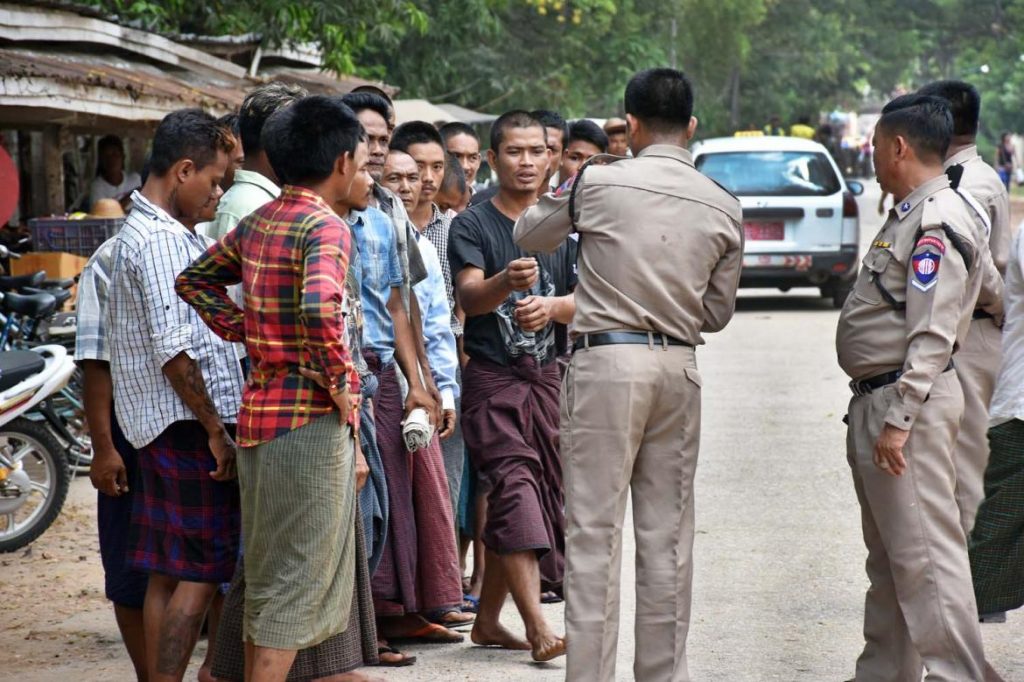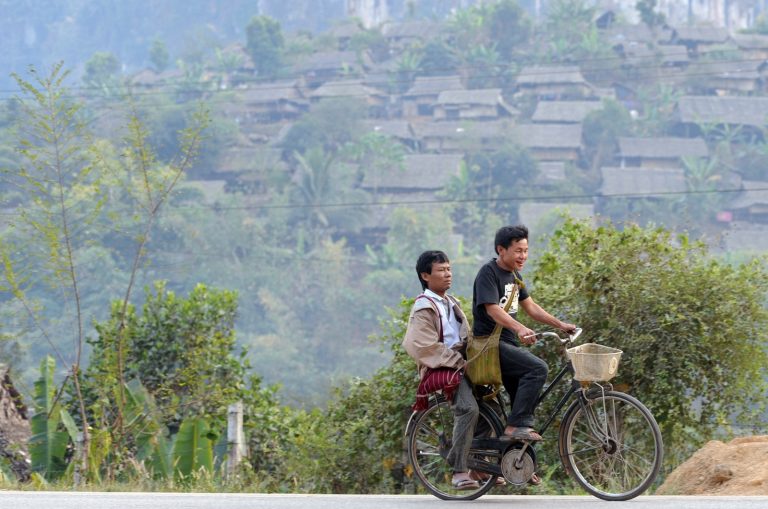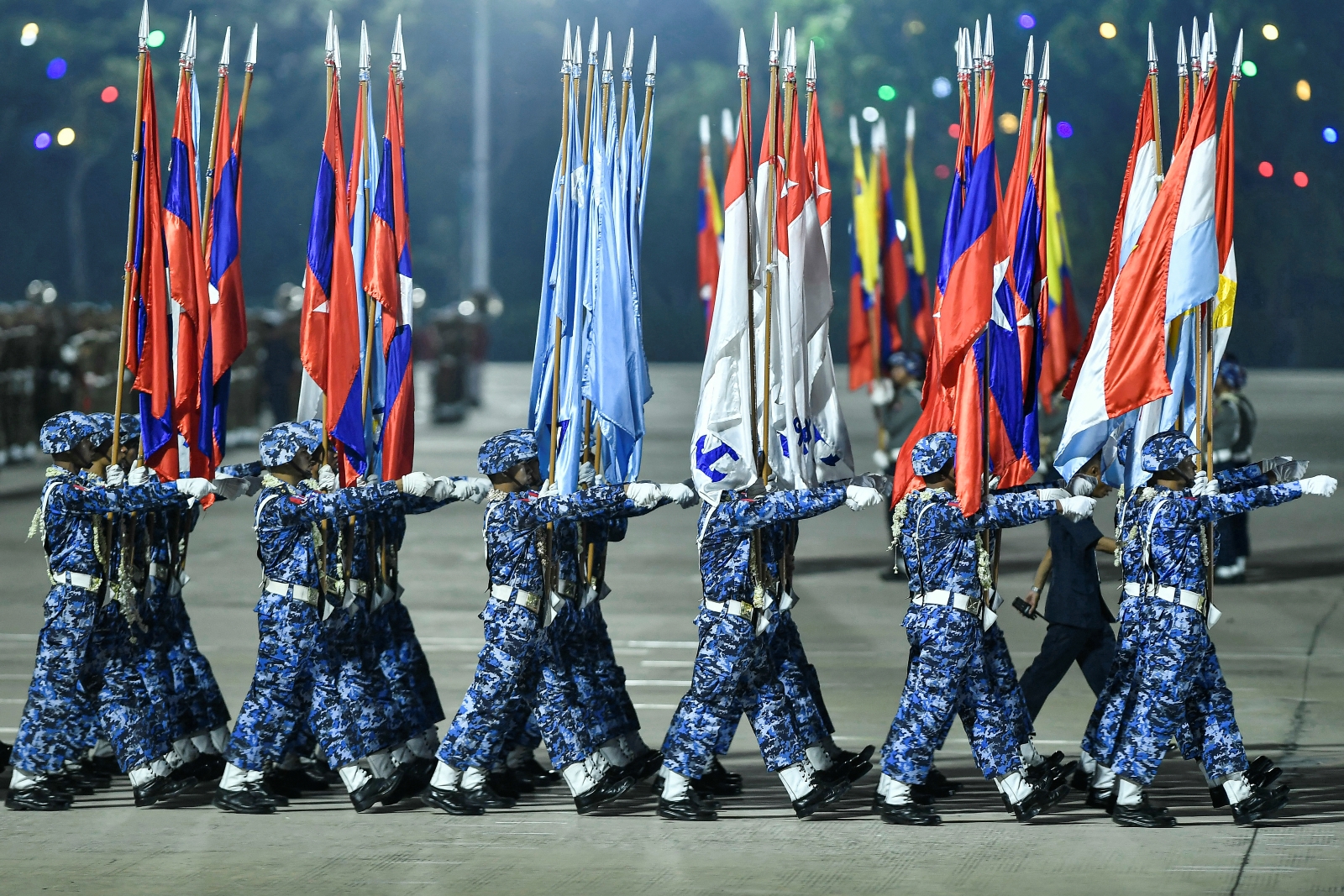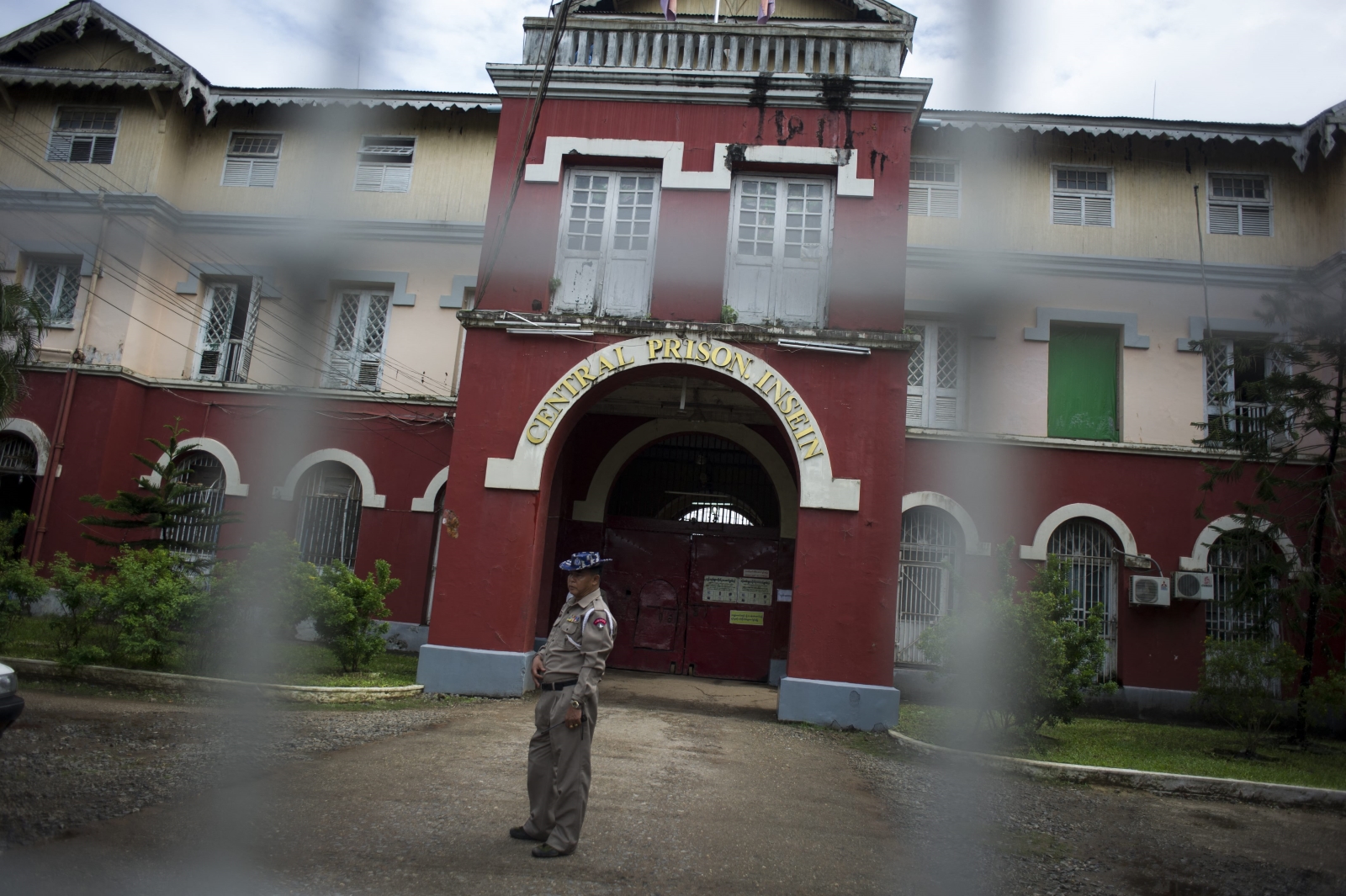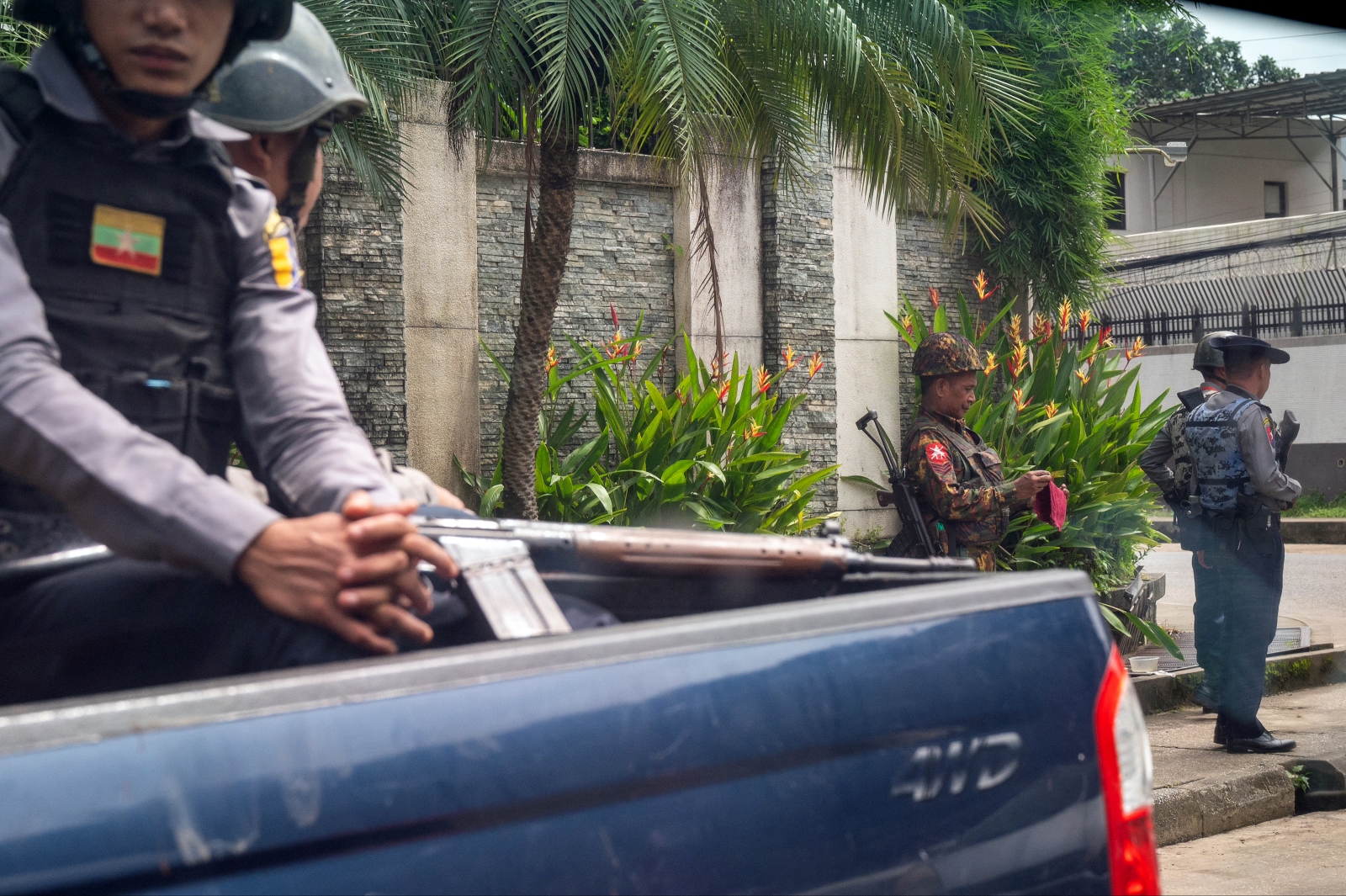Recent prison riots were fuelled by the angst of prisoners serving long sentences for often minor drug offences and the apparent arbitrariness of the president’s Thingyan pardons.
By SITHU AUNG MYINT | FRONTIER
PROTESTS BY inmates that quickly turned violent convulsed seven prisons throughout Myanmar on May 8 and 9, days after the last of more than 23,000 prisoners were released in the third and final round of presidential pardons to mark the Myanmar New Year holiday of Thingyan. One of the biggest prison riots in the nation’s history left four inmates dead at Shwebo Prison in Sagaing Region when riot police were sent in to quash the protest.
The riots, which the President’s Office has alleged were coordinated, were fuelled by perceptions that decisions about who should be pardoned were unfair. Inmates complained that a prominent actor, Ko Moe Aung Yin, who was serving a 17-year combined sentence for drug possession and use, was among those released while others serving long terms for similar offences were not.
The riots were a reminder of overcrowding in prisons, which is largely due to the massive drug abuse problem in Myanmar and the government’s law-and-order approach to addressing it.
The presidential announcements that accompanied the pardons said that, under powers described in section 401, sub-section 1 of the Code of Criminal Procedure, prisoners are released unconditionally on humanitarian grounds to mark the auspicious occasion of the Myanmar New Year, for the people to have peace of mind, and for national reconciliation and the success of the peace process. However, no reasons were given for why those being pardoned were chosen above others, creating the impression of arbitrary selection.
Support more independent journalism like this. Sign up to be a Frontier member.
Interviews with released inmates and prison officials revealed that most of the prisoners who benefitted from the latest mass pardon were drug offenders. Prior to the recent pardons, there were more than 90,000 inmates in the nation’s prisons and labour camps, which have a capacity to hold about 66,000, the Assistance Association for Political Prisoners said in a report last year. Most prisons are therefore badly overcrowded, and more than half of inmates were convicted for drug offences. The Myanmar National Human Rights Commission has advised the government to address chronic overcrowding in prisons. Commission chair U Win Mra was quoted as saying last year that the overcrowding was a violation of inmates’ human rights.
A reason for the high number of drug offenders in prisons is the harsh custodial sentences given even to minor offenders. In February 2018, parliament passed an amendment to the 1993 Narcotic Drug and Psychotropic Substances Law that annulled the mandatory jailing of any drug user who had failed to register as such with the health ministry.
However, under section 16 of the law, anyone found in possession of a small amount of drugs, such as one or two amphetamine tablets or a gramme of marijuana, is liable to a jail term of between five and 10 years, and a fine. It does not seem to be fair that someone can be jailed for at least five years for possessing a trifling amount of marijuana. This is why the Minister for Social Welfare, Relief and Resettlement Dr Win Myat Aye has called for further changes to the law.
President U Win Myint unconditionally released more than 23,000 prisoners last month partly to ease overcrowding in prisons and to relieve some inmates who had been unfairly sentenced to long terms. As well as bringing joy to the inmates’ families, the mass release will also make conditions more bearable for those still in prison.
However, the failure to present any criteria under which inmates were pardoned created discontent in prisons and was one of the main triggers of the protests. A good deed resulted in bad consequences, mainly because of dissatisfaction over penalties for drug offences.
As well as creating hardship for the families of inmates jailed for drug offences, the lengthy process that begins with an arrest and is followed by medical testing, a trial and a jail sentence provides many opportunities for corruption, given the number of actors involved and the desperation of many defendants and their families to avoid long prison terms.
Meanwhile, the drug trade is thriving, as demonstrated by frequent and massive seizures. Millions of dollars worth of drugs, mainly methamphetamines produced in northeastern Myanmar, have been seized in northern Rakhine State’s Maungdaw Township, which is on a known trafficking route to Bangladesh, as well as on the border with Thailand in Shan State and on boats intercepted off southern Tanintharyi Region. This trade prolongs armed conflict in Myanmar and contributes to crime in Myanmar and in neighbouring countries.
It is not enough for the government to release drug offenders under mass pardons and amend the relevant laws. The government also needs to focus attention on eliminating the main production centres and the trafficking networks, so that it can disrupt supply and reduce the prevalence of drug abuse in Myanmar.


